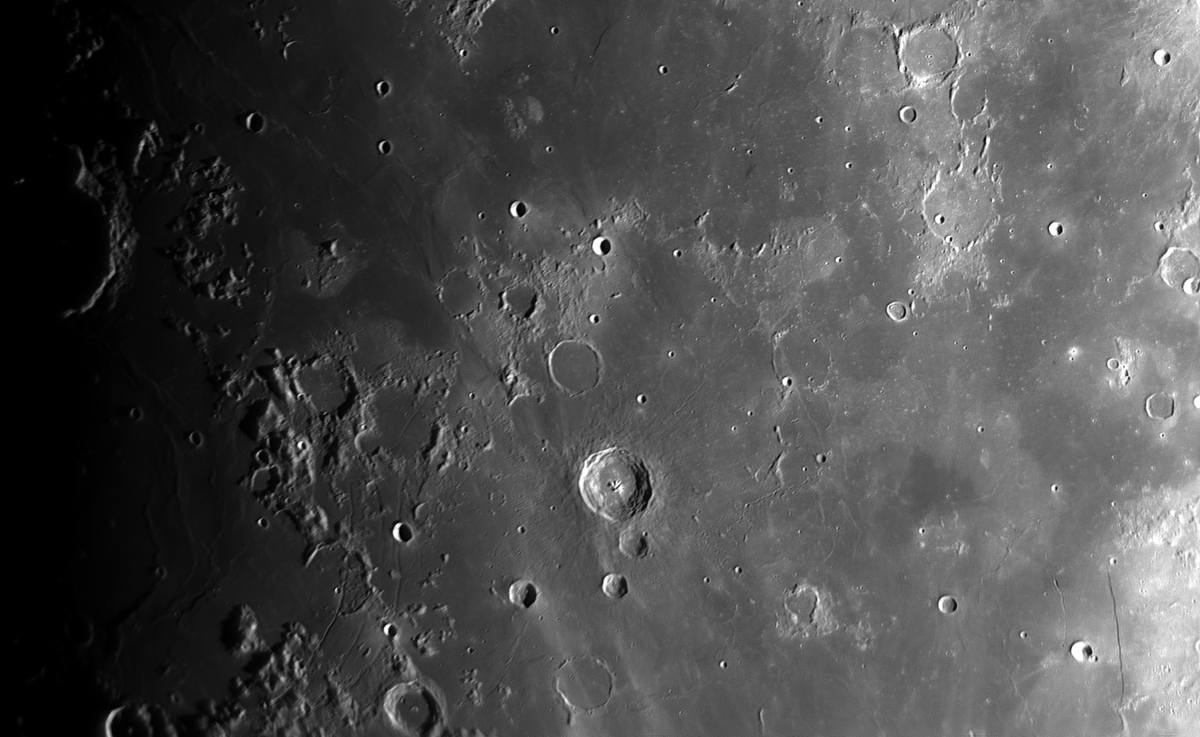-
My first photos of Jupiter
Read more: My first photos of JupiterHere are some photos of Jupiter, in black and white; if I had a color camera, the vision would certainly more impressive.The first two photos were taken on June 27, 2021 at 01:18 and 02:07 Italian time and it is possible to see the rotation of the planet which takes about 10 hours.
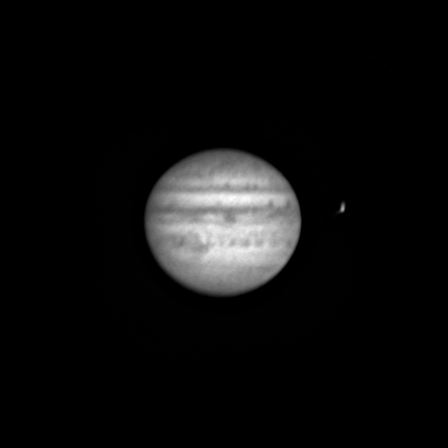
-
M 57
Read more: M 57M 57 or NGC 6720 is a planetary nebula in the constellation of Lyra and it is what remains of a supernova explosion.At its center there is a white dwarf which is what remains of the supernova core.
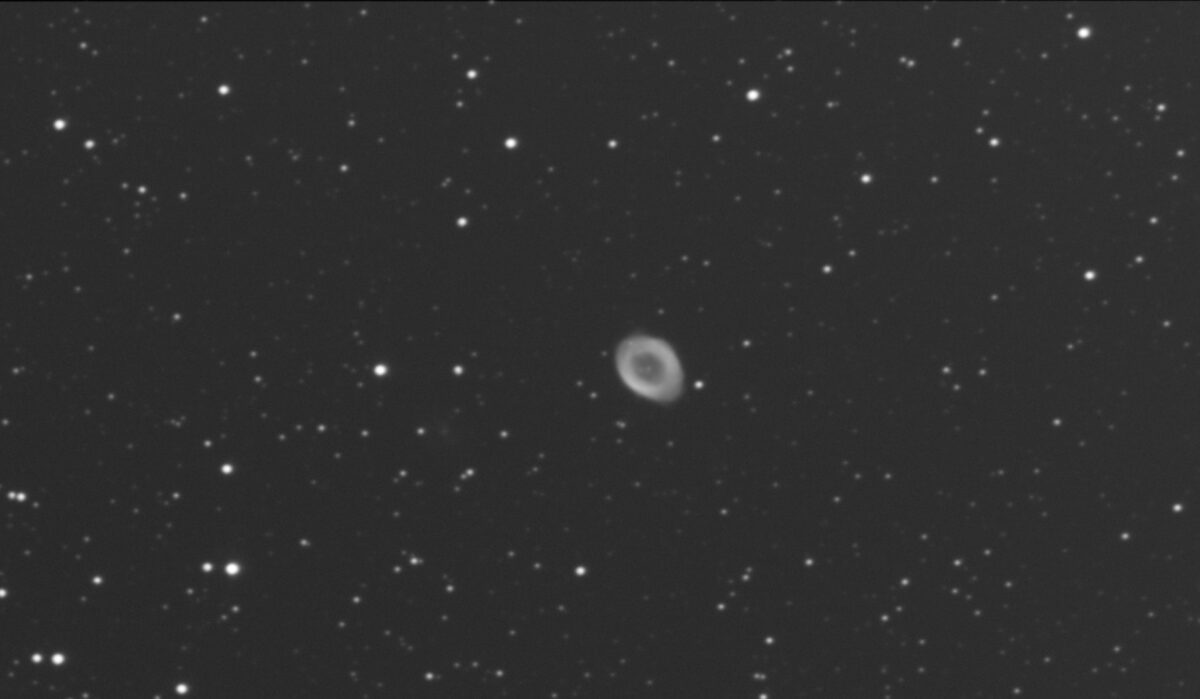
-
M 13
Read more: M 13M 13 or NGC 6207, also known as the Great Globular Cluster in Hercules, is an object made up of hundreds of thousands of old stars and it lies in the halo of our galaxy.It has a diameter of 145 light years, a distance of 22000 light years from Earth, and an apparent magnitude of…
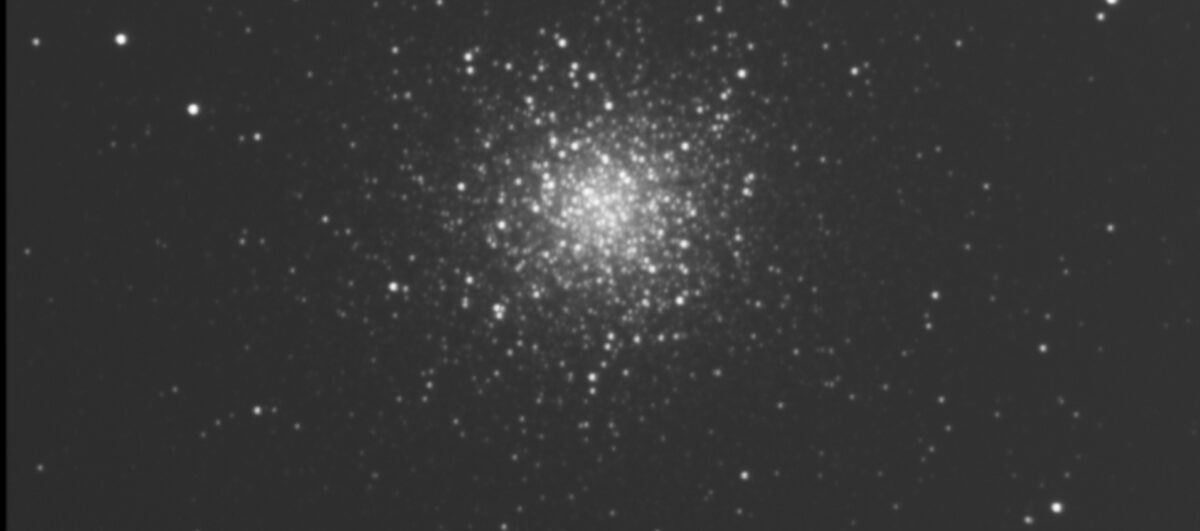
-
M 100
Read more: M 100M 100 or NGC 4321 is a spiral galaxy of the Virgo cluster at 55 milion of light years from us.In the photo near to M 100 you can see NGC 4323 and NGC 4328 that are two satellite galaxies of M 100 as highlighted in the second photo.
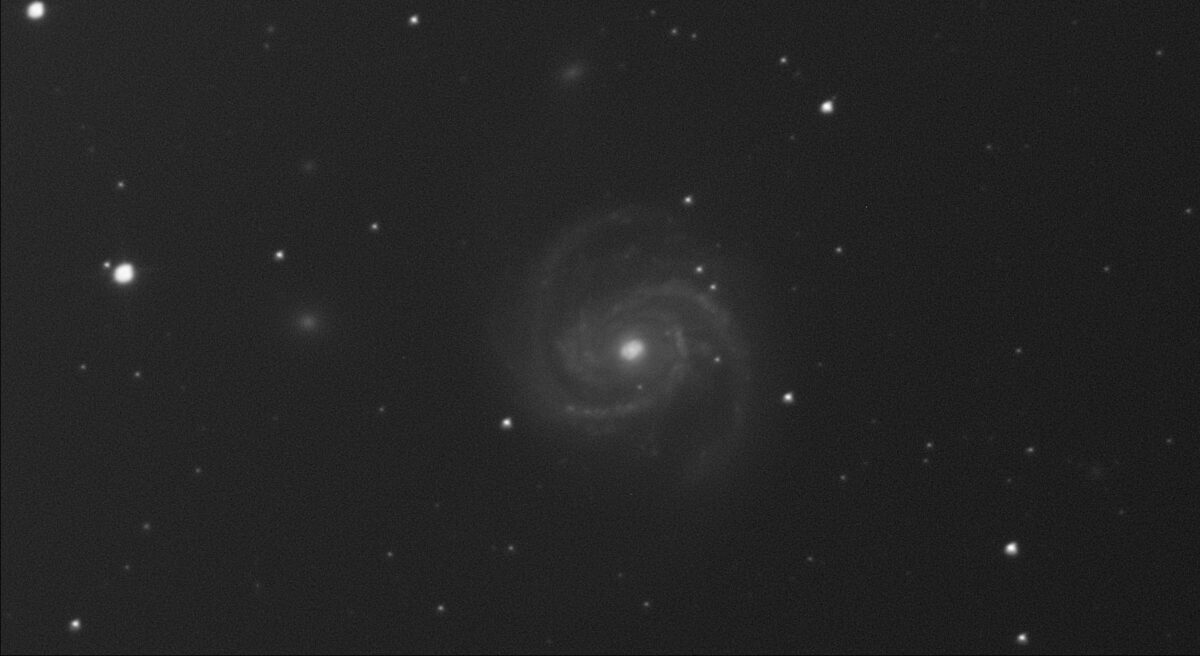
-
M 66
Read more: M 66M 66 is a galaxy in the Leo constellation and it is a spiral galaxy with a weak bar.It is located at a distance of 31 million light years and is moving away from us with a speed of about 700 km/s.
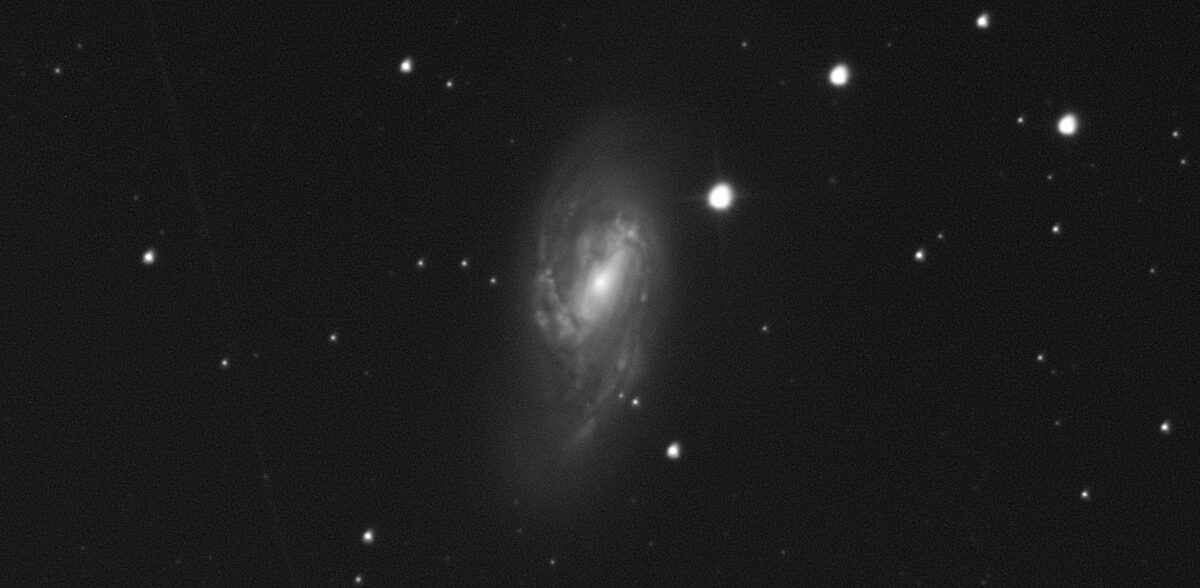
-
M 51
Read more: M 51This is my first attempt to photograph a galaxy, the subject is the spiral galaxy M 51 interacting with the galaxy NGC 5195.

-
Clavius
Read more: ClaviusThe Clavius crater is one of the biggest craters and it is located near the south pole in a heavily cratered region.Water molecules have recently been discovered inside Clavius.
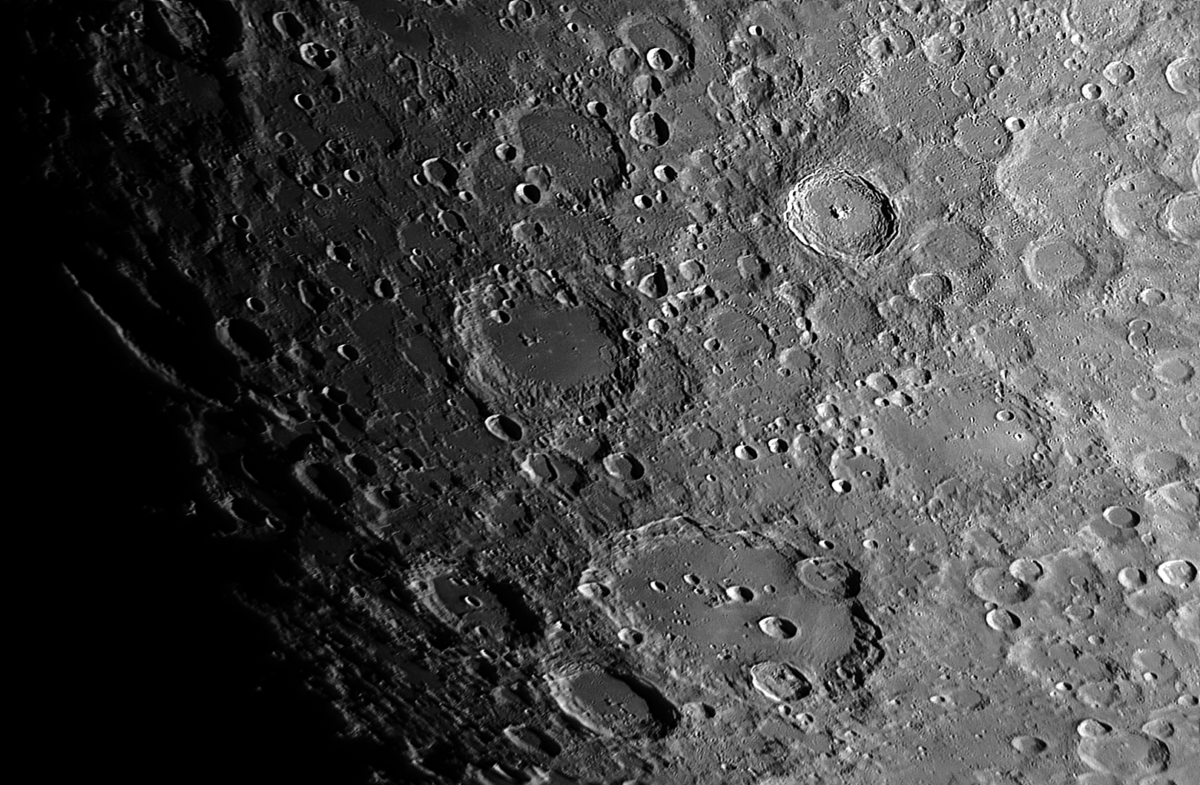
-
Montes Apenninus
Read more: Montes ApenninusThe Montes Apenninus are a long mountain range between Mare Imbrium (left) and Mare Serenitatis (right) and the its highest peak is about 5400 meters.Below the Montes Apenninus end on the Eratosthens crater and the largest crater in the photo is Archimedes.Very interesting is the Rima Hadley that it is a rille near the western…
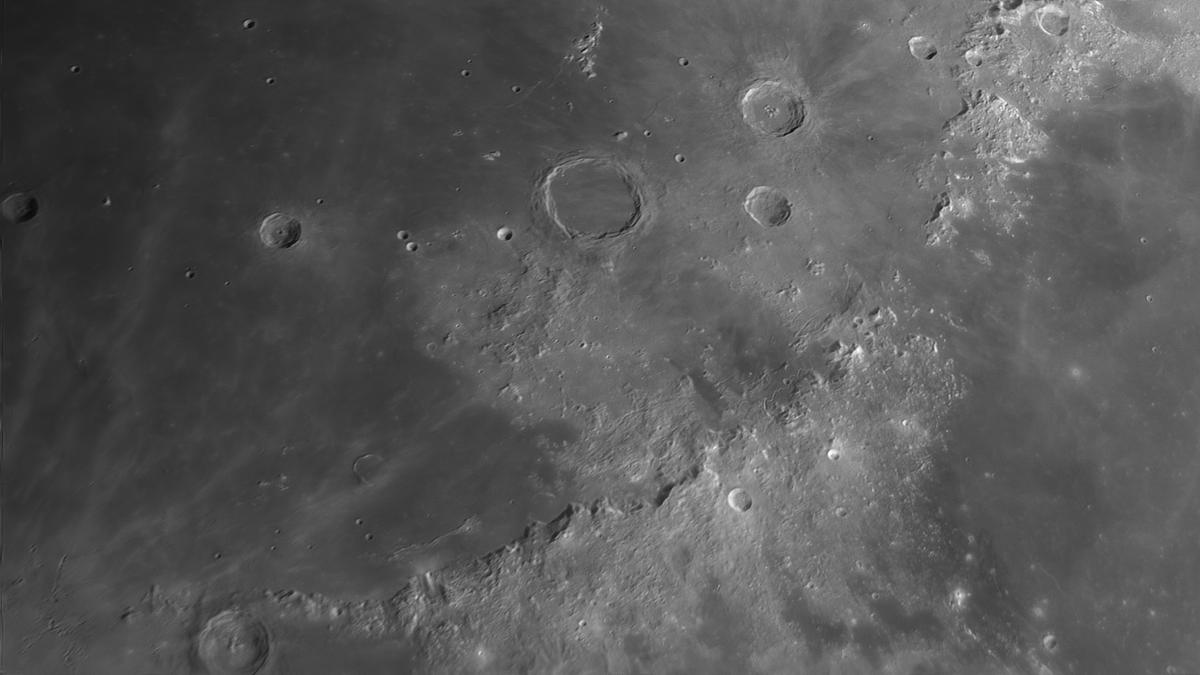
-
Montes Carpatus
Read more: Montes CarpatusThe mountain formation in the center of the photo are the Montes Carpatus that are several peaks separated by deep valleys.The large crater just below is Copernicus while the crater near the right edge of the photo is Eratosthenes and between them you see the ghost crater Stadius, the rest of an ancient impact crater…
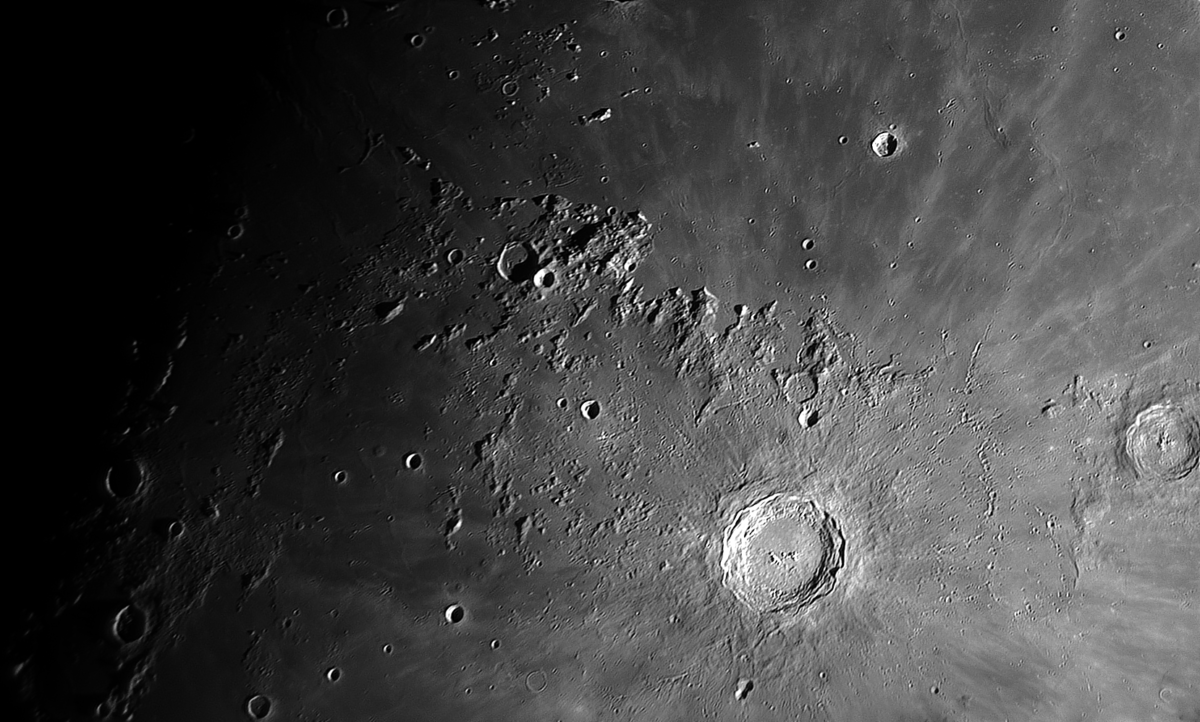
-
Bullialdus
Read more: BullialdusIn this photo the most evident formation is the Bullialdus crater with a diameter of 61 km located on the western edge of the Mare Nubium, while on the eastern side of the Mare Nubium near the lower right corner of the photo there is Rupes Recta, a fault with a length of 110 km…
